14 Airport Must-Dos That’ll Save You Stress Later
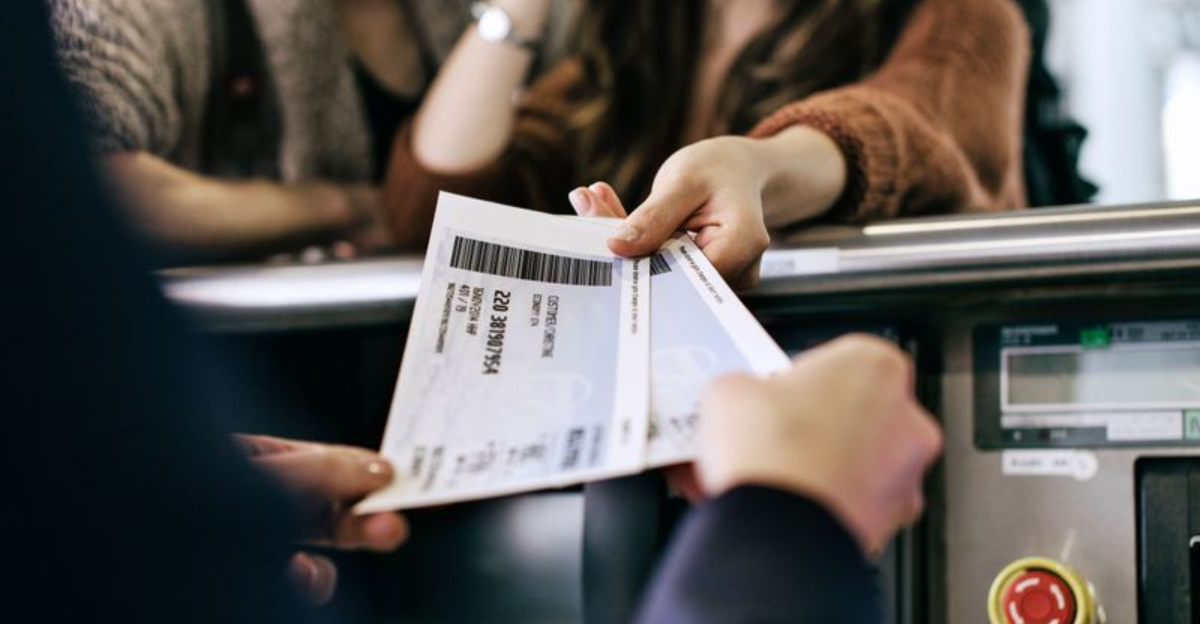
Airports can be chaotic places where one wrong move might snowball into hours of frustration. I’ve learned the hard way that a little preparation goes a long way when navigating these busy travel hubs.
From knowing when to check in online to packing smart for security, a few small habits can save you serious stress. Whether you’re a seasoned traveler or taking your first flight, these thirteen airport must-dos will help you avoid common pitfalls and make your journey smoother.
1. Check In Online
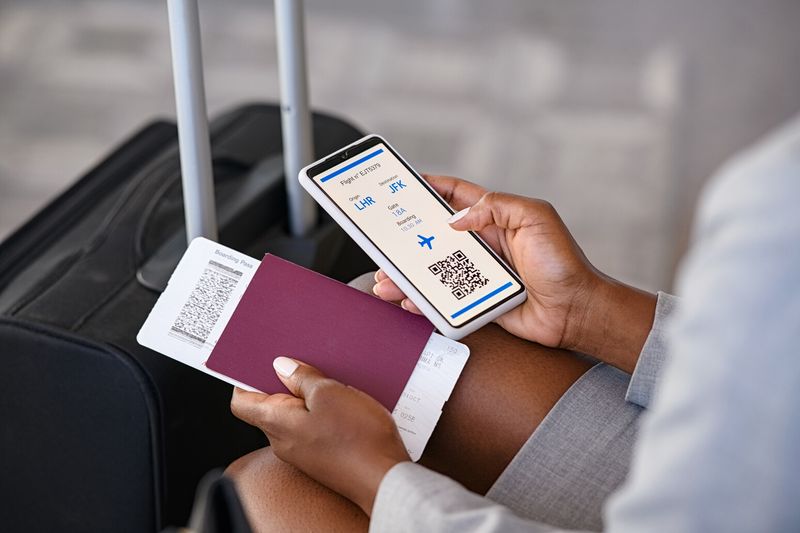
Skipping the check-in counter saves precious time at the airport. Most airlines open online check-in 24 hours before departure, giving you first dibs on seat selection. I always set a reminder so I don’t forget!
Online check-in also confirms your reservation is active, preventing any nasty surprises. If you’re traveling internationally, some airlines require you to verify passport information during this process, which is much easier to handle from home than at a crowded counter.
Bonus: many airlines offer mobile boarding passes, eliminating the need for printed documents altogether.
2. Weigh Bags Early
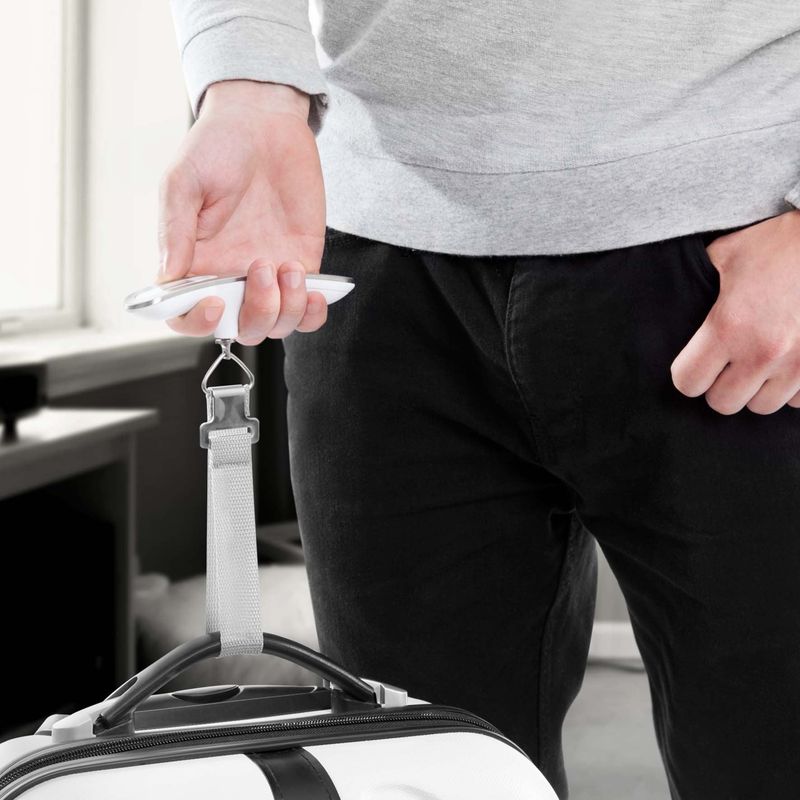
Nothing triggers panic like discovering your suitcase is overweight at the check-in counter. I’ve seen travelers frantically shuffling items between bags or discarding belongings to avoid fees.
A simple bathroom scale can prevent this drama. Weigh your packed bag at home, then subtract your weight while holding it from your normal weight. This homemade method works surprisingly well!
Remember that weight limits vary between airlines and ticket classes. International flights often have different allowances than domestic ones, so double-check your specific limits before packing.
3. Screenshot Boarding Pass
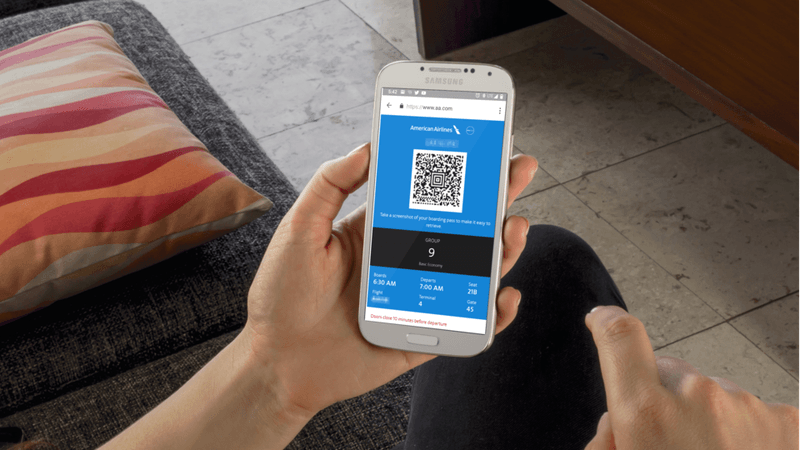
Phone batteries die. Airport WiFi fails. Airline apps crash. These technology mishaps happen at the worst possible moments. Taking screenshots of your boarding pass, confirmation numbers, and itinerary creates instant backups.
I store these screenshots in a dedicated album for easy access. This simple trick has saved me multiple times when network connectivity suddenly disappeared at remote airports.
For international travel, screenshot your passport’s photo page too. If your physical passport gets lost, having this digital copy speeds up replacement at embassies and proves your identity in a pinch.
4. Charge Devices Fully

Dead batteries create unnecessary stress during travel. My pre-flight ritual includes charging everything to 100% the night before departure. This habit ensures my phone, tablet, headphones, and portable charger are ready for a long travel day.
Outlet hunting in airports can feel like a competitive sport. Even airports with charging stations often have every plug occupied during peak travel times.
Consider investing in a portable battery pack with multiple USB ports. These lifesavers can recharge a smartphone several times and fit easily in your carry-on, eliminating the anxiety of watching your battery percentage drop while you’re stuck in an unexpected delay.
5. Arrive Extra Early
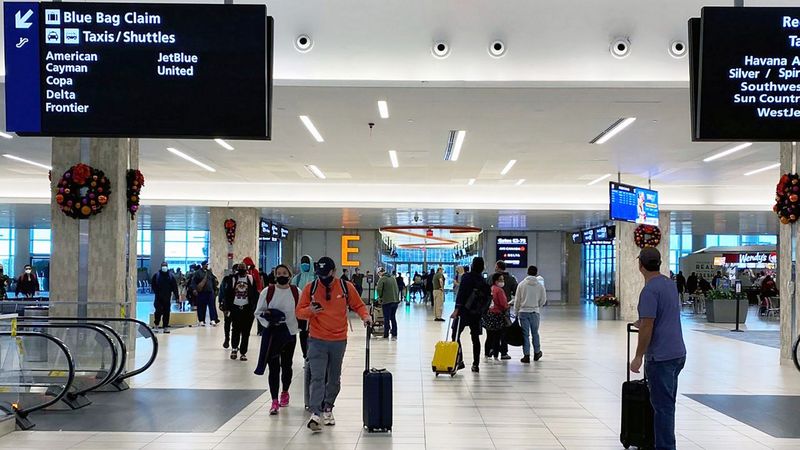
Traffic jams, security delays, and long check-in lines can derail even the best travel plans. The standard recommendation of arriving two hours before domestic flights and three hours for international ones exists for good reason.
I’ve noticed that morning flights typically have shorter security lines than afternoon or evening departures. However, holiday travel throws all normal patterns out the window.
If you’re flying from an unfamiliar airport, add another 30 minutes to your buffer time. The peace of mind from not rushing is worth far more than the extra half hour of sleep you might get by cutting it close.
6. Verify Terminal Info
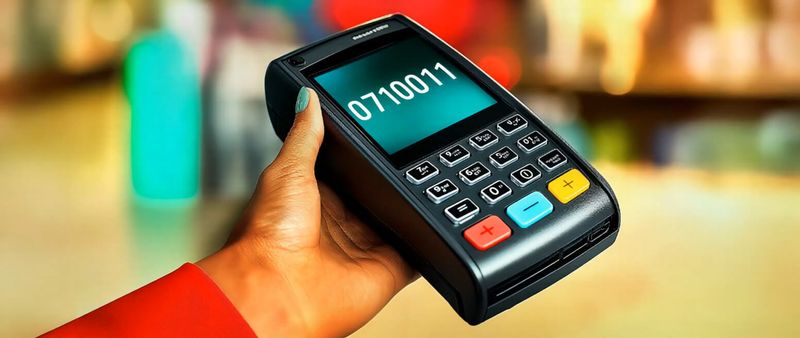
Major airports often have multiple terminals that can be miles apart. I once nearly missed a flight because my rideshare driver dropped me at Terminal 1 when my flight departed from Terminal 5!
Airlines occasionally change terminals or gates without much notice. Checking your terminal and gate information the day before and again before leaving for the airport prevents last-minute sprints across unfamiliar buildings.
Many airports offer inter-terminal shuttles, but these take time you might not have if cutting it close. Some airports even require exiting security and re-screening when changing terminals, which can add an hour to your journey.
7. Pack Snacks Ahead

Airport food prices can shock even the most seasoned travelers. A simple sandwich might cost triple what you’d pay outside, not to mention the long lines during peak travel times.
Granola bars, trail mix, and dried fruit travel well and won’t trigger security concerns. For longer flights, I pack empty reusable water bottles to fill after security and sandwiches wrapped in parchment paper rather than foil, which can trigger metal detectors.
Having snacks ready also prevents desperate food purchases during delays or layovers. Just remember that international destinations may have restrictions on bringing food items across borders.
8. Dress for Security

Metal detectors don’t care about your fashion sense. Wearing complicated outfits with lots of metal accessories, belts, or lace-up boots creates unnecessary security delays for yourself and everyone behind you.
Slip-on shoes save valuable minutes and prevent the awkwardness of hopping around barefoot. Avoid wearing excessive jewelry or clothing with metal embellishments that might trigger additional screening.
Layering is smart for temperature changes between terminals, planes, and destinations. I typically wear a simple outfit with a removable sweater or jacket and pack compression socks in my carry-on to slip on once through security for long flights.
9. Use TSA PreCheck

That separate, shorter line where travelers keep their shoes on and laptops in their bags isn’t just for celebrities. TSA PreCheck membership costs $78 for five years—about $15 annually—making it one of the best travel investments available.
The application process requires background checks and fingerprinting, but most travelers complete enrollment within 2-3 weeks. PreCheck doesn’t just save time; it eliminates major stress points of airport security.
If you travel internationally, consider Global Entry instead. For just $22 more ($100 total for five years), you get PreCheck benefits plus expedited customs clearance when returning to the US—potentially saving hours of standing in immigration lines.
10. Keep ID Handy

Fumbling through bags while holding up lines creates unnecessary stress. I use a dedicated travel wallet or passport holder that keeps essential documents accessible but secure.
Your ID needs to be shown multiple times: at check-in, security, possibly at the gate, and when purchasing items in the terminal. Having it buried at the bottom of your bag means repeatedly digging through your belongings.
For international travel, consider a neck pouch worn under clothing for extra security. These pouches keep your passport, boarding pass, and other critical documents safe from pickpockets while still allowing quick access when needed at various checkpoints.
11. Check Gate Changes
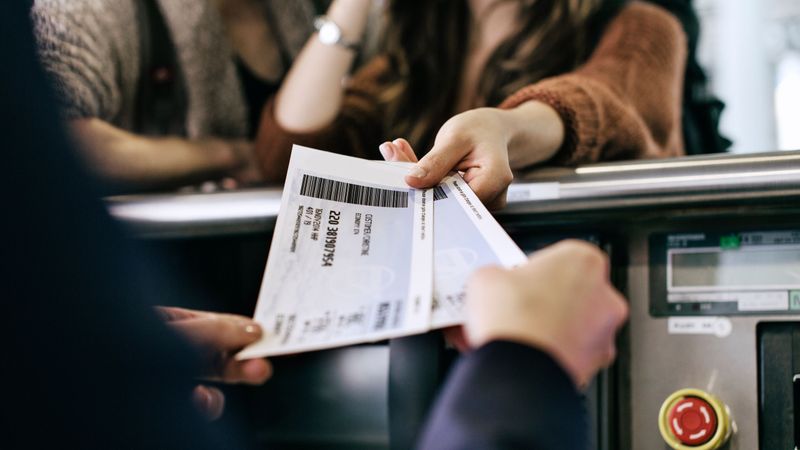
Gate assignments frequently change, sometimes multiple times before boarding. These changes aren’t always announced overhead, especially in busy terminals where announcements might be difficult to hear.
Airport apps like FlightAware or your airline’s official app provide real-time updates about gate changes. I make a habit of glancing at the departure boards whenever I pass one, even if I checked recently.
Some airports are massive—walking time between gates can exceed 20 minutes. At airports like Atlanta, Denver, or Heathrow, a last-minute gate change might require a train ride between terminals, so staying informed prevents missing connections or departures due to unexpected location changes.
12. Know Airport Layout
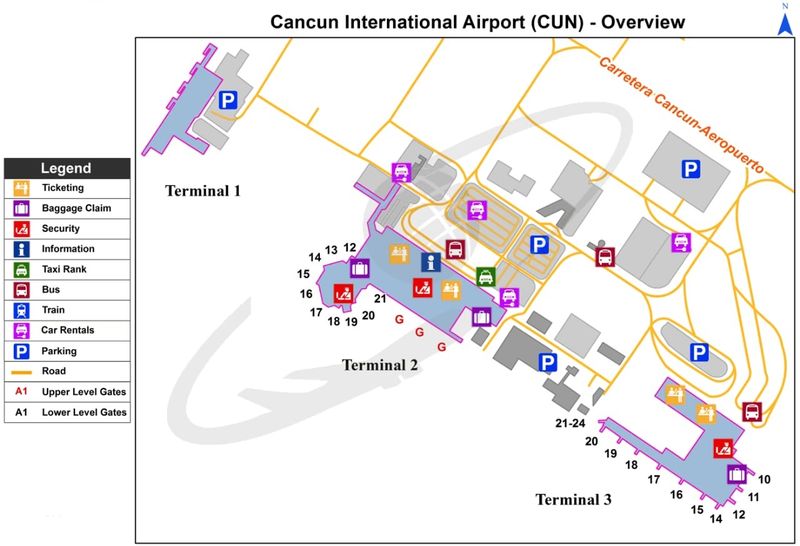
Unfamiliar airports can feel like mazes, especially when you’re rushing to make a connection. Most airports provide terminal maps on their websites that you can review before your trip.
For short layovers, knowing exactly where to go after landing saves precious minutes. I always check if my connecting gates are in the same terminal and whether I’ll need to take a shuttle or train between locations.
Familiarize yourself with the locations of bathrooms, food options, and charging stations near your gate. This preparation eliminates wandering aimlessly when you need something quickly before boarding, giving you more time to relax rather than searching the terminal.
13. Backup Documents Digitally

Lost or stolen documents can derail your entire trip. Email yourself digital copies of your passport, driver’s license, travel insurance, and hotel reservations before departure. This creates an accessible backup even if your phone is lost or stolen.
Cloud storage services like Google Drive or Dropbox work well for storing these sensitive documents. Make sure they’re password-protected and accessible offline if you download them to your device.
For international travel, having digital copies of prescriptions and a basic medical history can be invaluable in emergencies. These backups might seem unnecessary until that moment when your physical documents disappear—then they become priceless.
14. Pack Essential Medications Separately

Medication emergencies add unnecessary stress to travel. Always pack medications in your carry-on rather than checked luggage, protecting yourself from problems if your bags are delayed or lost.
I use a dedicated pill organizer for daily medications and keep backup supplies in their original labeled containers. This organization helps during security screenings and proves prescriptions are legitimate if questioned.
For international travel, bring a doctor’s note explaining medical necessities, especially for liquid medications exceeding security limits or controlled substances. Some countries have strict medication import laws, so researching destination regulations before packing prevents confiscation at customs.
